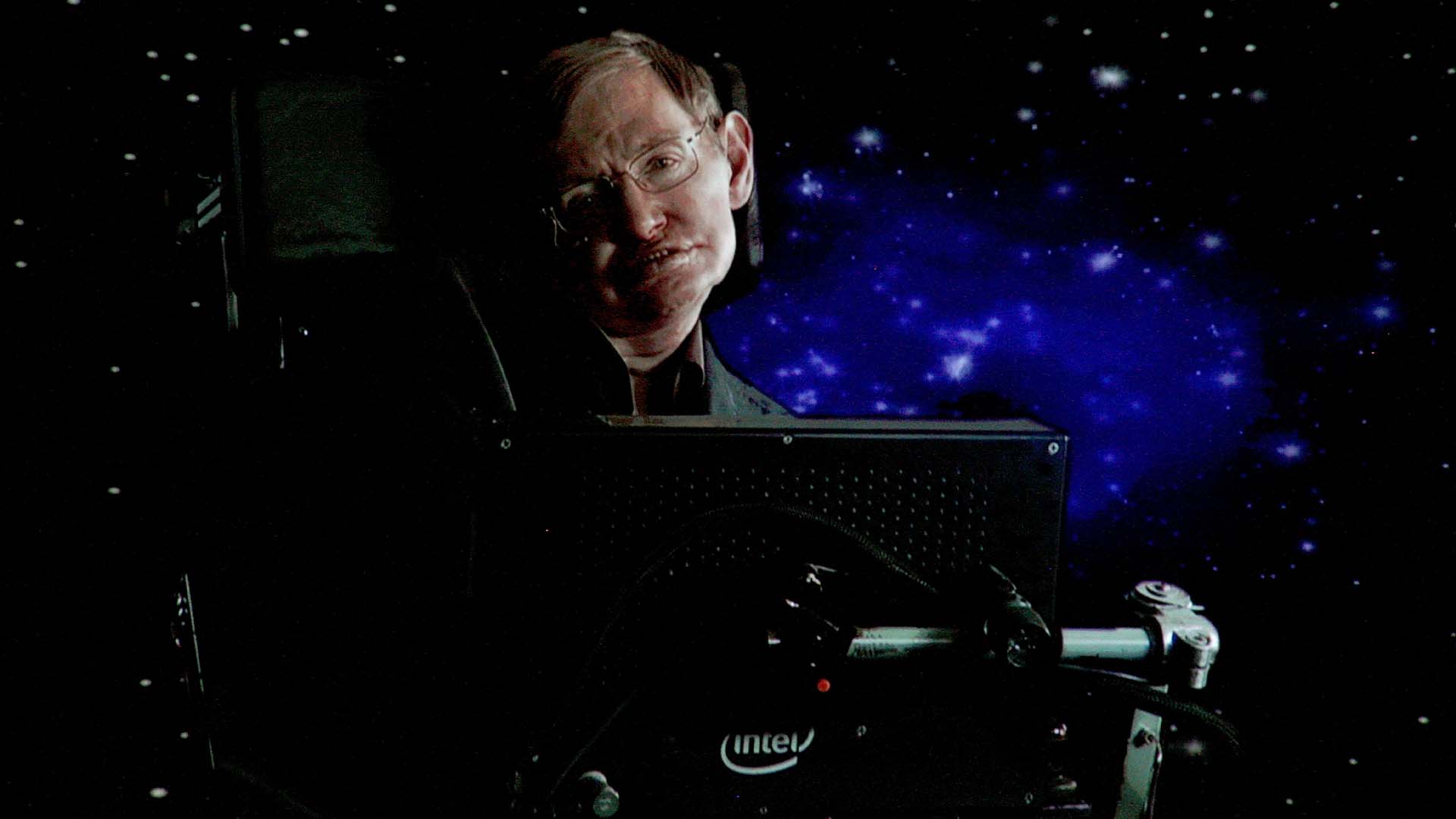It was 1998 at the University of Cambridge. Stephen Hawking, already world famous, invited the student to become one of his doctoral students.
“There was a click between us,” remembers Thomas Hertog, now a professor at the Université Catholique de Louvain. This connection was never severed even though the eminent cosmologist, afflicted with Charcot’s disease, lost the use of speech.
Over the course of twenty years, the duo worked closely together and built a new vision that disrupted the way science conceives of the universe. This would be the “latest theory” of Stephen Hawking, who disappeared in 2018 at the age of 76.
Thomas Hertog presents it for the first time in its entirety in his book The Origin of Time, which will be published in the spring of 2023 in the UK and France.
In an interview with AFP, the author recounted his collaboration with his mentor and friend. He describes how Hawking ultimately felt that his book A Brief History of Time, which has sold more than 10 million copies, was written “from the wrong point of view”.
The Universe Responds to “Design”
From the very beginning, Hawking addressed the question that tormented him. “It seems that the universe we observe responds to some design,” he told her through his dialog, which he gave a robotic voice to.
“The laws of physics turned out to be ideal for the universe to be habitable,” Thomas Hertog develops.
This remarkable chain of favorable conditions extends from the delicate equilibrium that allows atoms to form the molecules needed for chemistry, to the expansion of the universe itself, which allows the emergence of vast structures such as galaxies.
The scientist wrote: “From its violent birth, the universe appeared in a form that was amazingly adapted to the development of life – even if this did not happen until billions of years later.”
The “fashionable” answer to this conundrum is the multiverse, an idea that has recently become popular in cinema. This theory attempts to explain the seemingly made nature of the universe, making it one of a myriad of other natures, which would be “uninteresting, lifeless,” according to the 47-year-old cosmologist.
But Hawking recognized the “great morass of paradoxes into which the multiverse was dragging us”. Hertog continues that the multiverse and even “A Brief History of Time” were “attempts to describe the creation and evolution of our universe through what Steffen would call a ‘divine perspective'”.
For 15 years, the two scientists have appealed to the strangeness of quantum theory to propose a new theory, from a new point of view.
“I thought it was over.”
In 2008, Hawking lost the ability to use his chat box, which led to him isolating himself. “I thought it was over,” says Mr. Hertog. But the duo developed “somewhat magical” non-verbal communication and were able to continue working.
He stood in front of the physicist, asking him questions while looking him in the eye. Hawking had a very wide range of facial expressions, ranging from extreme disagreement to extreme excitement. The connection was such that, according to him, it was “impossible to discern” the ideas emanating from him or Hawking.
Their theory focuses on what happened in the first moments after the Big Bang. Rather than the subsequent explosion of a pre-existing set of rules, they suggest that the laws of physics themselves evolved along with the universe.
So if you go back far enough in time, “the laws of physics start to simplify and disappear,” says Hertog. In the end, even the time dimension evaporates.
The laws of physics and time would have evolved in a similar way to biological evolution – the title of his work refers to Darwin’s “On the Origin of Species”.
Biology and physics are two levels of a great process of evolution. However, this theory is difficult to prove because the early years of the universe remain “hidden in the haze of the Big Bang”.

“Music guru. Incurable web practitioner. Thinker. Lifelong zombie junkie. Tv buff. Typical organizer. Evil beer scholar.”






More Stories
A large manufacturing project awaits space in the industrial zone
According to science, here are officially the two most beautiful first names in the world
Green space, 100% pedestrianized: DIX30 reinvents itself